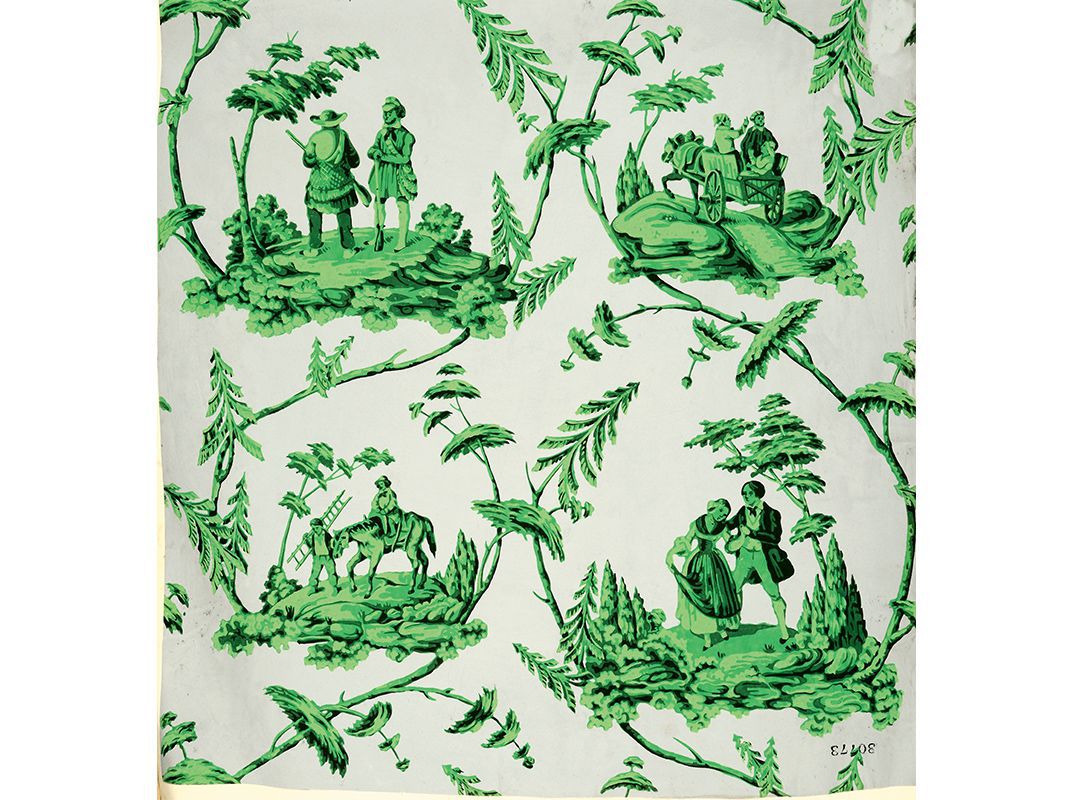If you are, by any offchance, on the lookout for a bone-chilling, potentially lethal book, look no further…
In this article, we will delve into Shadows from the Walls of Death: Facts and Inferences Prefacing a Book of Specimens of Arsenical Wall Papers. The book was published back in 1874 by Doctor Robert M. Kedzie, a Union surgeon who served during the American Civil War and later rose to become a chemistry professor.
86 of the book’s 100 pages are samples of wallpapers with arsenic pigment people used to decorate their houses back in the days.
Although arsenic was known to be a toxic and potentially lethal substance, people weren’t aware of the fact that it could kill even when simply used as an ingredient to give life to the colors of a wallpaper. However, Mr. Kedzie knew all this, so he released the book to warn people of the hazards involved.
A shocking 65% of wallpaper in the US contained arsenic at the end of the 19th century, and Kedzie was already aware that over time, the wallpapers would release the poison that could kill those who lived near it.

It ended up on people’s hands, in their food, in the air, it made them ill, and sometimes ended their lives.
In an attempt to make more people aware of the potentially fatal dangers of arsenic-infused wallpaper, Kedzie sent out 100 copies of his book to various libraries in Michigan, along with a note explaining the book’s purpose and an urgent warning to librarians not to let kids touch the toxic pages.

Kedzie’s Shadows from the Walls of Death had numerous arsenic-covered wallpaper cutouts he had obtained and served as a stern warning to those who dared pick it up.
The book was dangerous indeed, as its pages were quite literally made out of toxic material. And when Kedzie was proven right, most libraries that had been sent a copy of the book got rid of it, labeling it too hazardous for use.
Only four copies of the book exist today.
One of them is being kept at Michigan State University, another one at the University of Michigan, the third one is at Harvard University Medical school, and the fourth can be found at the National Library of Medicine, where it was also scanned and made available for the web.

Needless to say, moving the remaining copies of the book around was a dangerous task.
Before every page was encased in a plastic film back in 1998, the copy at Michigan State University could only be handled by people who wore protective gloves. People were also not allowed to touch anything else while in contact with the book.

Even though Kedzie’s mission to warn people about the toxic wallpaper reportedly poisoned one woman who examined the book, it was hailed as a highly-efficient way of raising awareness on the dangers of arsenic-infused home items.
If you wish to learn more on the topic, please see the short documentary below.
What are your thoughts on this incredible story? Let us know by joining the conversation in the comments and please share this article if you’ve found it of value.



